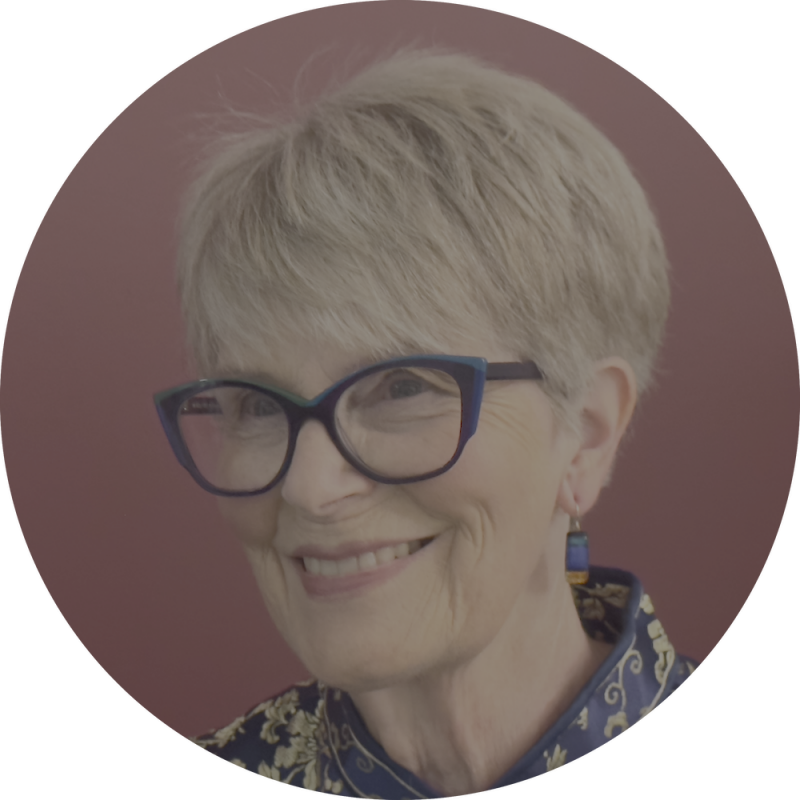 Halifax, Canada (25/9/2025) – Yvonne DeRoller, long-time Symphony Nova Scotia violist, educator and musician advocate, is the winner of the Orchestras Canada Betty Webster Award for 2025.
Halifax, Canada (25/9/2025) – Yvonne DeRoller, long-time Symphony Nova Scotia violist, educator and musician advocate, is the winner of the Orchestras Canada Betty Webster Award for 2025.
🎥 Watch the Award Announcement Video on YouTube!
Yvonne DeRoller was nominated by former Symphony Nova Scotia Music Director Holly Mathieson. The award celebrates Yvonne’s contribution to Canadian orchestras through her career-long advocacy for music and musicians, her commitment to changing young people’s lives through music, and her many contributions to the people of Nova Scotia through her service to the Atlantic Symphony, Symphony Nova Scotia, and the Nova Scotia Youth Orchestra. There will be an official award presentation to Yvonne on the evening of October 16 at the Symphony Nova Scotia Spotlight Series opening concert.
The Betty Webster Award was established in 2002 to honour Mrs. Elizabath Webster, C.M. (1925-2018), Orchestras Canada’s founding Executive Director. Past winners include distinguished musicians, volunteers, educators, ensembles, and arts managers: a tribute to Mrs. Webster’s inclusive vision for Canadian orchestras. In 2025, the jury focused on the calibre and impact of the nominees’ contributions through demonstrated courage in their work on behalf of Canadian orchestras, their people (musicians, administration, patrons, supporters) and/or the communities they serve.
Yvonne holds a master’s degree in Viola Performance from New England Conservatory in Boston. She has had an illustrious career in Nova Scotia, joining the Atlantic Symphony Orchestra (SNS’s predecessor) in 1978 after a summer as a Tanglewood fellow. She founded Halifax’s first Suzuki School in 1982. 2024/25 marked her 47th and final season in the viola section of Symphony Nova Scotia.
A passionate advocate for music education, Yvonne has taught private violin and viola for more than 40 years and has been a longtime viola coach for the Nova Scotia Youth Orchestra, also serving as its Managing Director and Board President. Beyond her teaching and performing work, she has actively contributed to community service, serving as Chair of the Symphony Nova Scotia Players’ Association and participating in various committees. Since 2019, she has also dedicated time as a volunteer at Hospice Halifax and, more recently, as an English tutor for new immigrants with ISANS.
In response to receiving the award, Yvonne DeRoller said:
“I am profoundly shocked and humbled in receiving the 2025 Betty Webster Award from Orchestras Canada. I am grateful to be able to shine a spotlight on Symphony Nova Scotia, and the Nova Scotia Youth Orchestra, and what we do to bring every genre of music to audiences of all ages. Orchestral musicians put aside our own daily struggles to perform wonderful concerts, hoping to bring a little light and happiness to families in times of darkness.
I would especially like to thank Holly Mathieson for her support of the musicians as Music Director, and a shout out to every professional musician in Canada. On a personal note, it is great to receive this recognition as a section string player!”
The award includes a plaque and a donation to an orchestra or a group of the winner’s choosing. Ms. DeRoller has asked that this year’s donation be directed to the Nova Scotia Youth Orchestra within the Symphony Nova Scotia Foundation.
The national jury was chaired by OC board member, Prince Edward Island Symphony Music Director and Symphony 21 Artistic Director, Jaelem Bhate, and included Marie-Claire Lavigueur (Executive Director, Fondation du Conservatoire de musique et d’art dramatique du Québec and OC board member); Matthew Baird (former Director of Artistic Planning, Victoria Symphony); Tanya Charles (Violinist, Faculty member at the University of Toronto’s Faculty of Music and the Oscar Peterson Program at the Royal Conservatory of Music); and last year’s Betty Webster Award winner, Heather Wootton (former Assistant Principal Horn, Calgary Philharmonic Orchestra, and 2024 winner of the Betty Webster Award).
 Speaking about the Award, jury chair Jaelem Bhate noted, “Yvonne DeRoller’s remarkable career is a testament to her unwavering commitment to the arts and her community. Her dedication to nurturing young talent through decades of teaching and leadership, combined with her passionate advocacy for music accessibility and inclusion, has left an indelible mark on Nova Scotia’s cultural landscape. Her resilience and generosity continue to inspire both musicians and community members alike. It’s an honor to recognize her outstanding contributions, which exemplify the values of the Betty Webster Award—courage, compassion, and a deep belief in the transformative power of music to enrich lives and build stronger communities.”
Speaking about the Award, jury chair Jaelem Bhate noted, “Yvonne DeRoller’s remarkable career is a testament to her unwavering commitment to the arts and her community. Her dedication to nurturing young talent through decades of teaching and leadership, combined with her passionate advocacy for music accessibility and inclusion, has left an indelible mark on Nova Scotia’s cultural landscape. Her resilience and generosity continue to inspire both musicians and community members alike. It’s an honor to recognize her outstanding contributions, which exemplify the values of the Betty Webster Award—courage, compassion, and a deep belief in the transformative power of music to enrich lives and build stronger communities.”
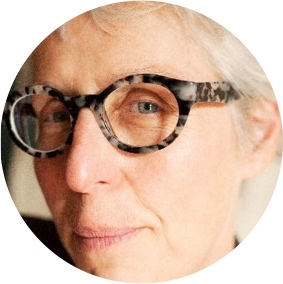 OC’s Executive Director, Katherine Carleton, commented, “Yvonne’s lifelong dedication reminds us of the profound difference one person can make through perseverance, generosity, and a genuine love for music. Her gifts, her courage and her determination have affected countless lives through her performances with Symphony Nova Scotia, her work to establish Halifax’s first Suzuki School, her behind-the-scenes work on behalf of musician colleagues, and everything she’s done to support and mentor young musicians and newcomers to Nova Scotia. It is a privilege to honor her extraordinary contributions—and her inspiring example of what it means to nurture the best in ourselves and others through music.”
OC’s Executive Director, Katherine Carleton, commented, “Yvonne’s lifelong dedication reminds us of the profound difference one person can make through perseverance, generosity, and a genuine love for music. Her gifts, her courage and her determination have affected countless lives through her performances with Symphony Nova Scotia, her work to establish Halifax’s first Suzuki School, her behind-the-scenes work on behalf of musician colleagues, and everything she’s done to support and mentor young musicians and newcomers to Nova Scotia. It is a privilege to honor her extraordinary contributions—and her inspiring example of what it means to nurture the best in ourselves and others through music.”


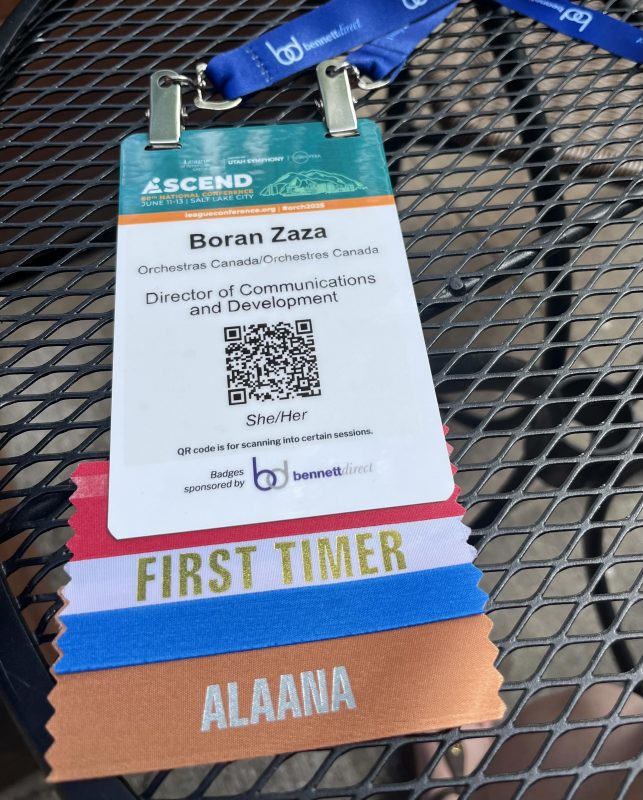 During my (ongoing!) master’s in management studies at HEC Montréal, I learned about the “Baumol cost disease.” – Sounds scary, I know…!
During my (ongoing!) master’s in management studies at HEC Montréal, I learned about the “Baumol cost disease.” – Sounds scary, I know…! 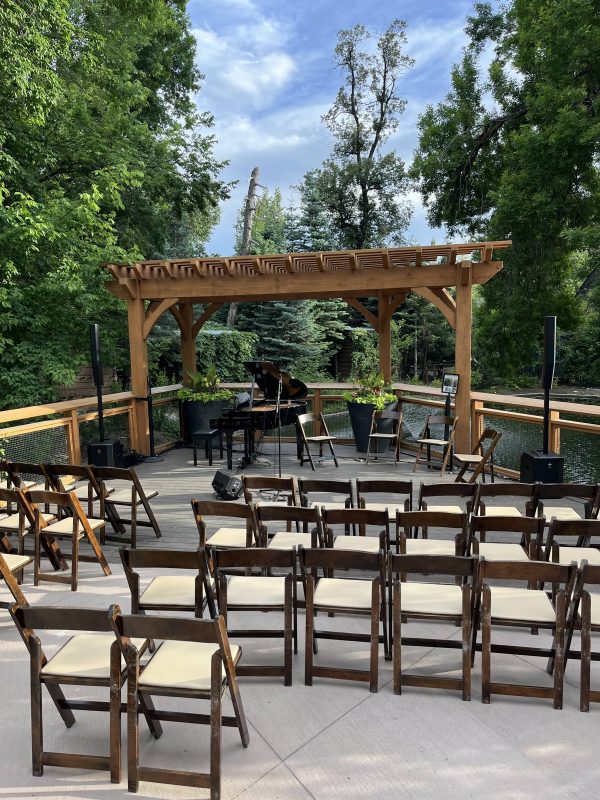
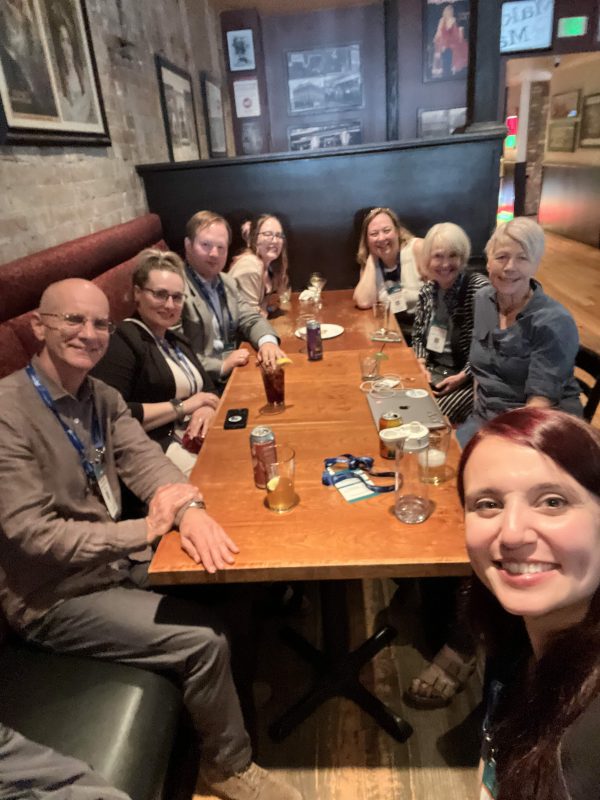

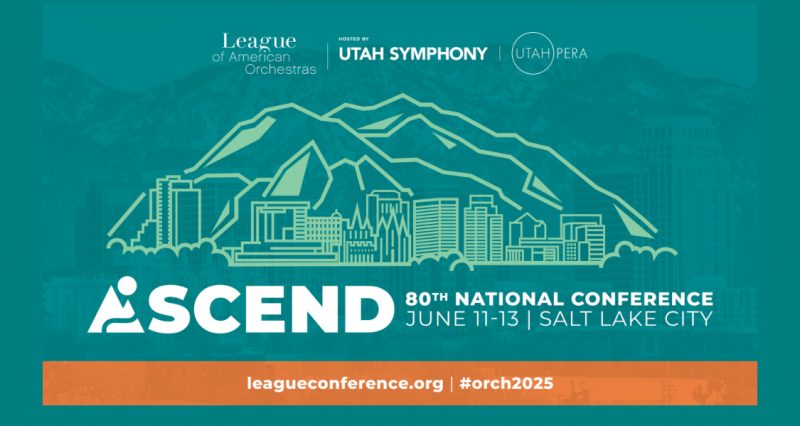
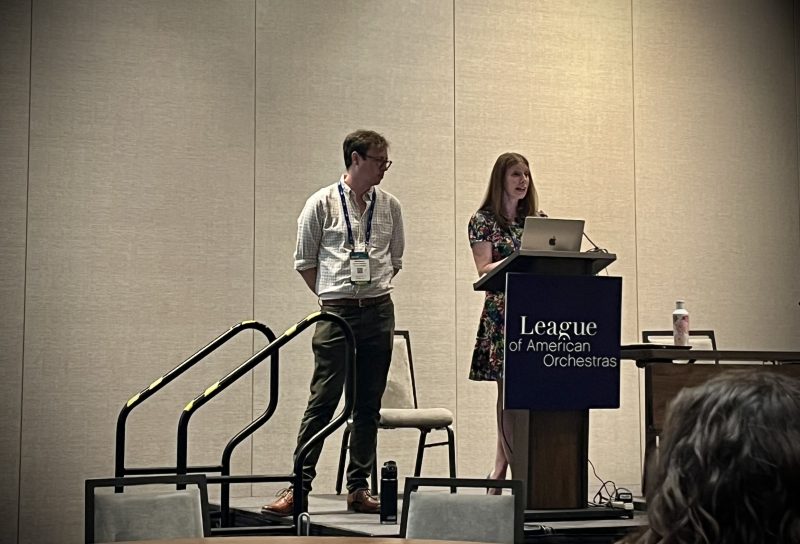

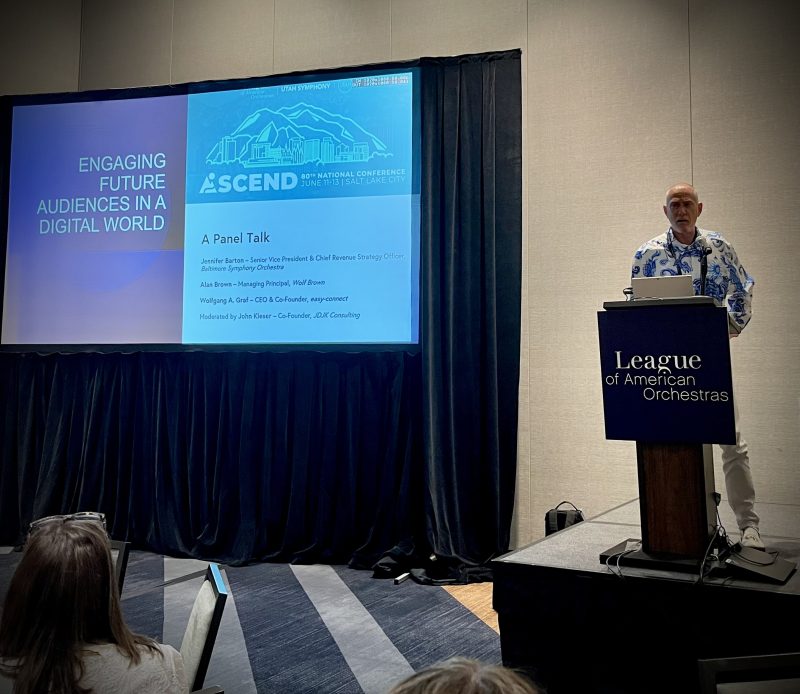
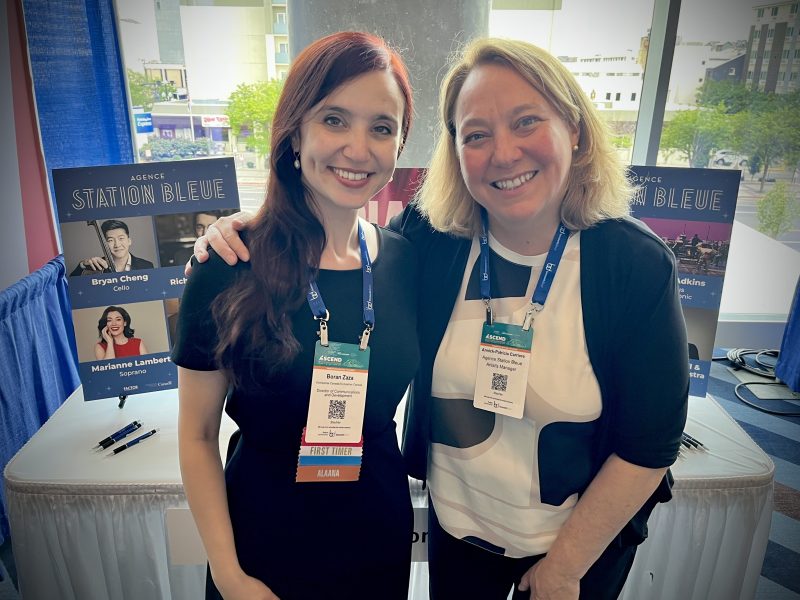
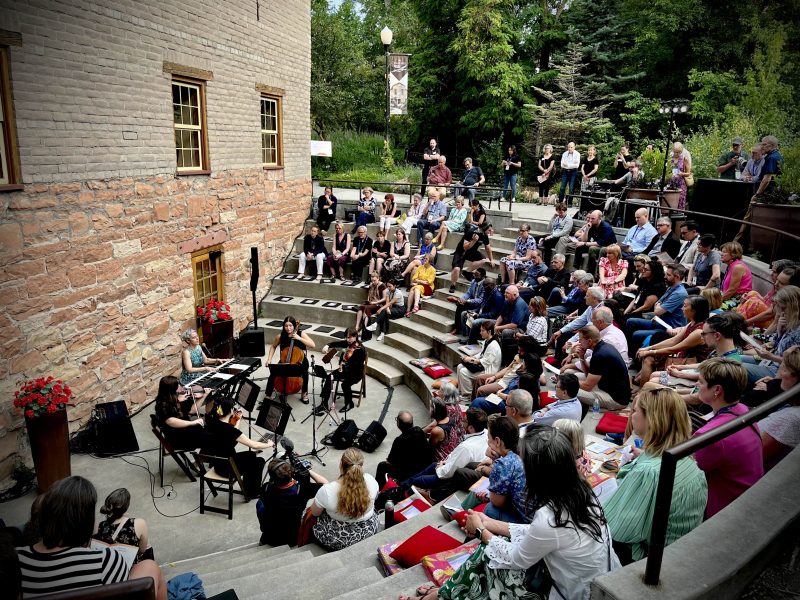
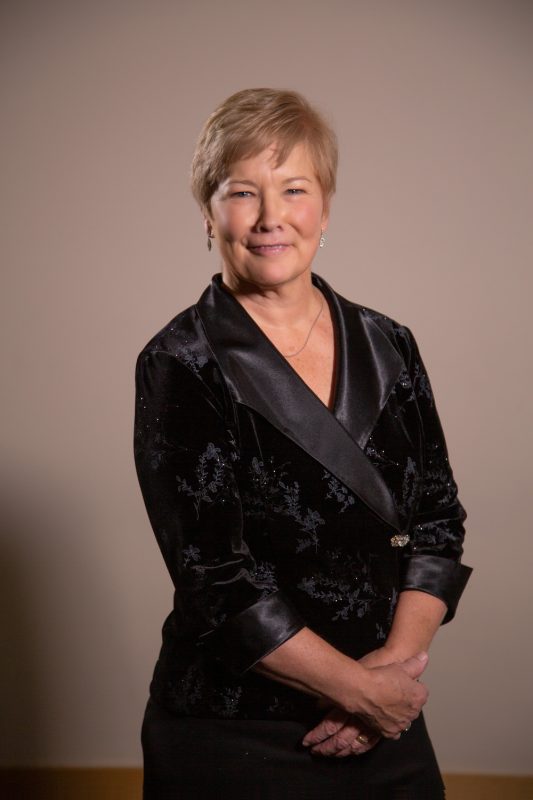 Calgary, Canada
Calgary, Canada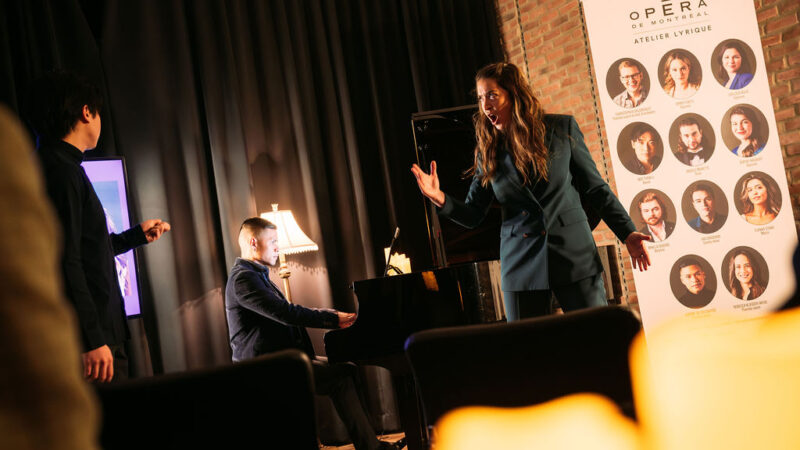
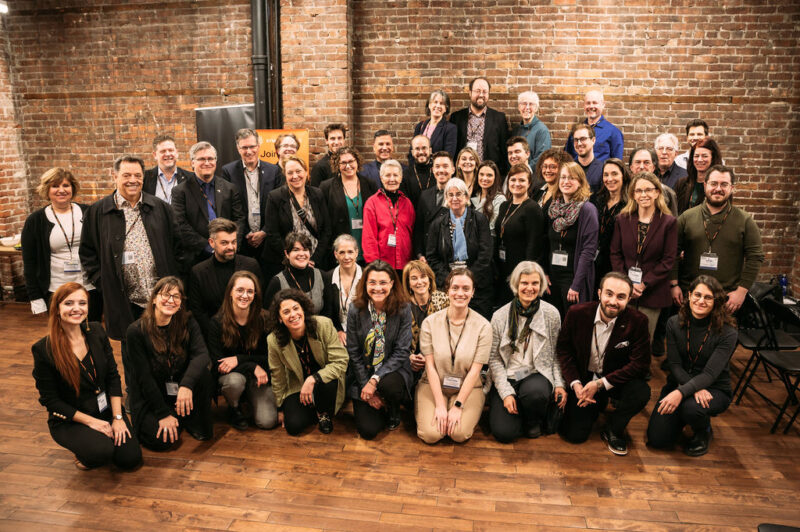


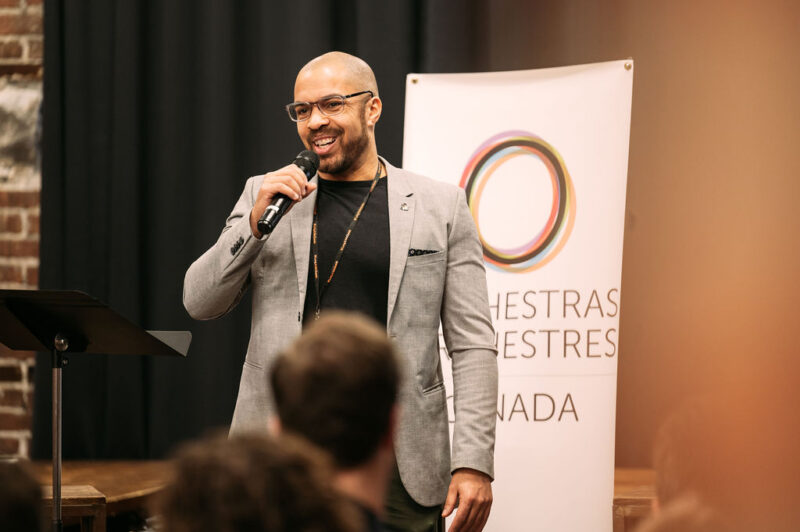
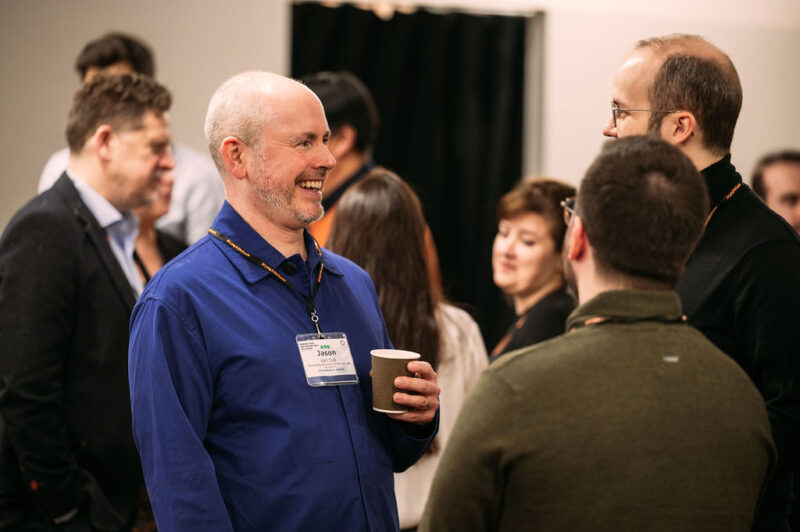


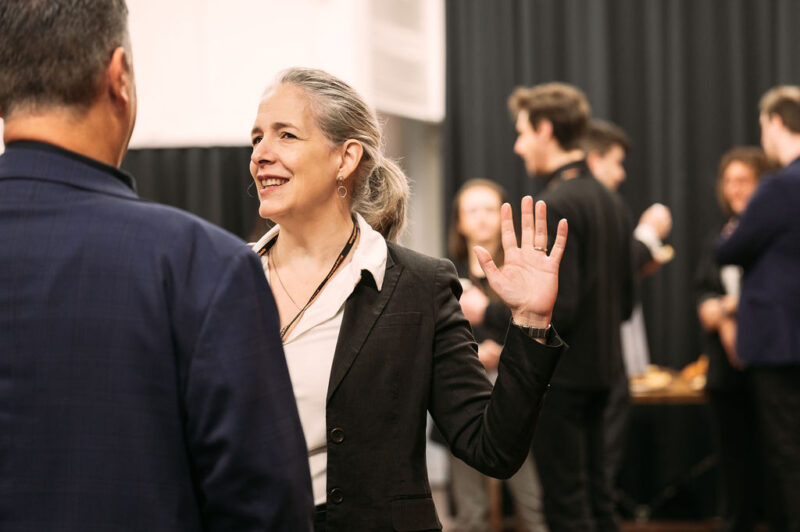
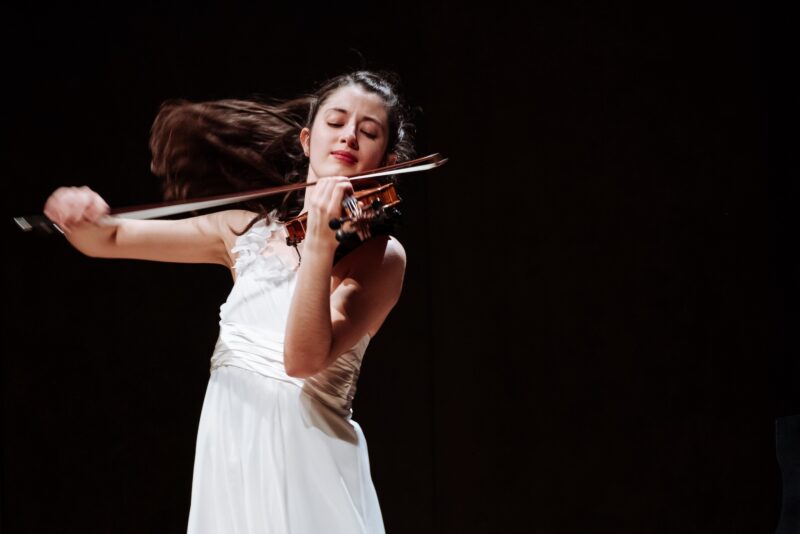
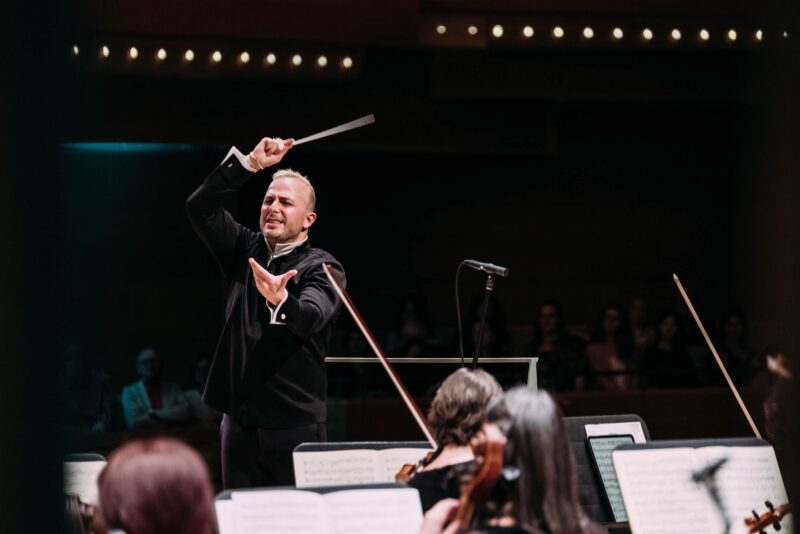
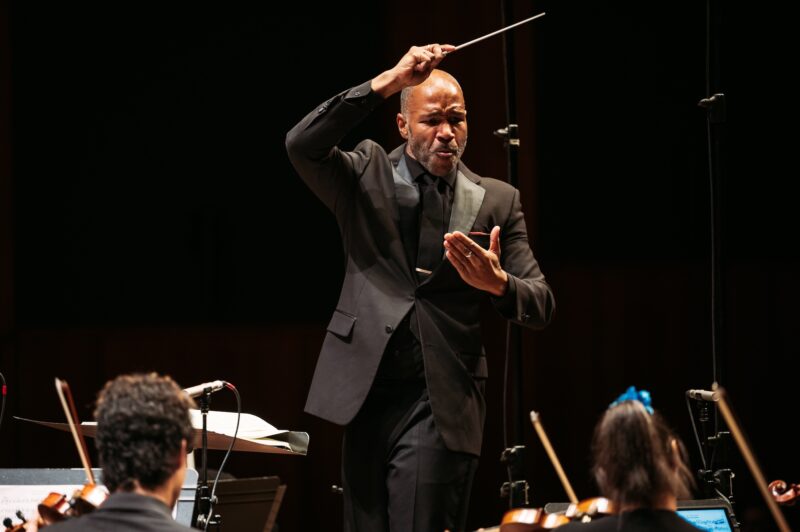
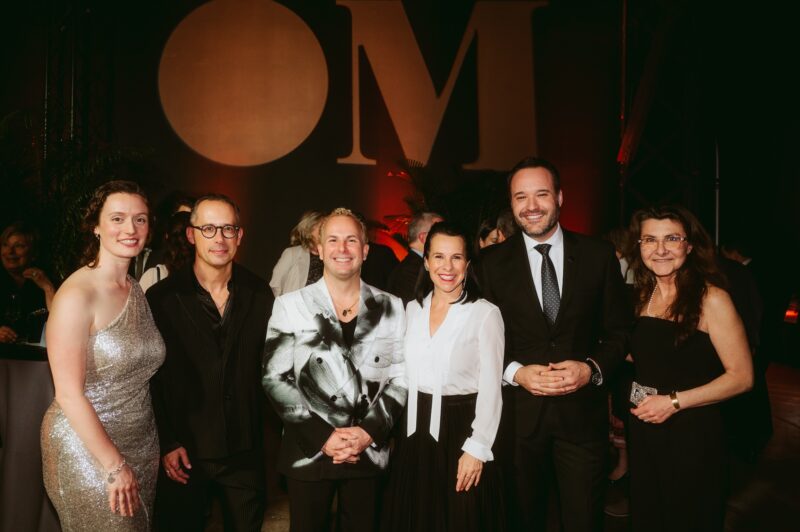
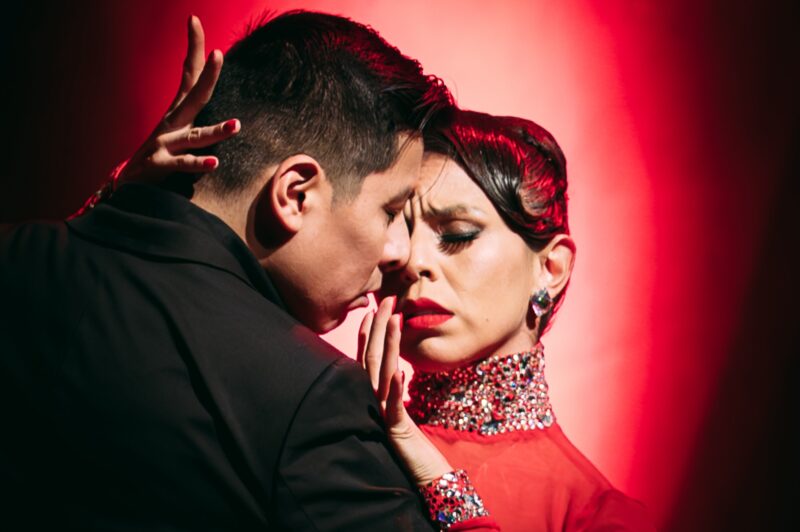
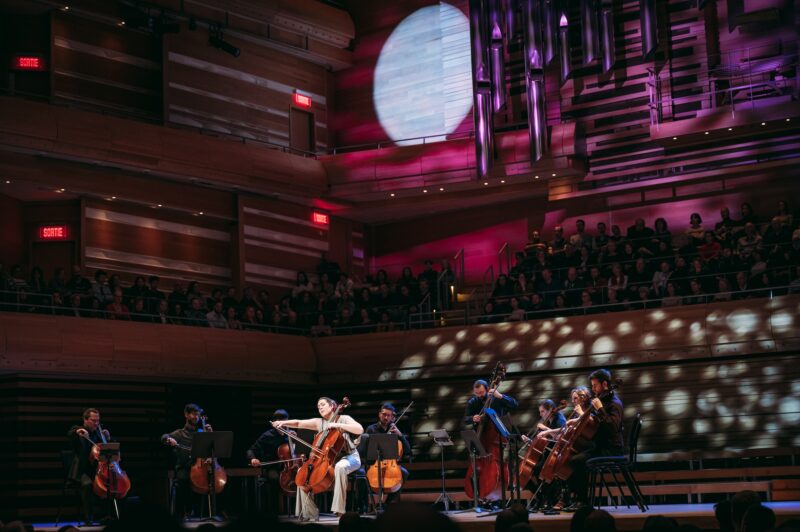
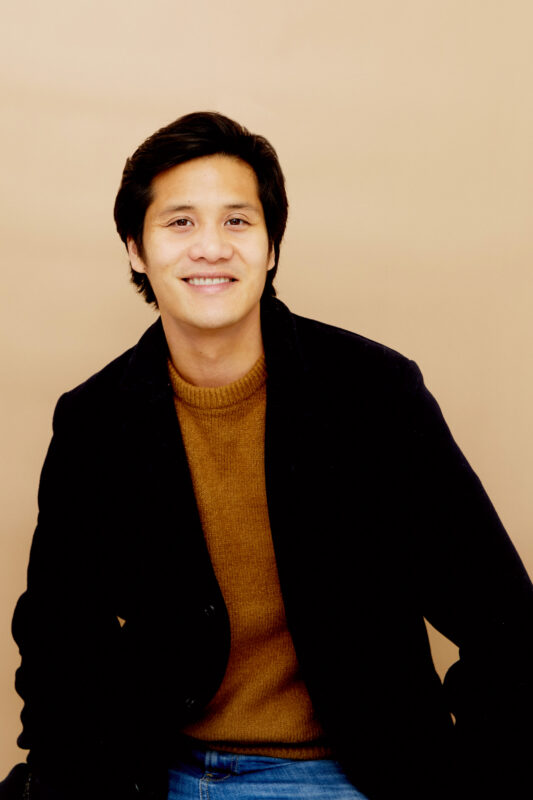 As a graduate of McGill University’s Desautels Faculty of Management, fluent in English, French, Vietnamese, and German, my career as a professional photographer and artist is shaped by a global perspective and a genuine passion for classical music. This passion is rooted in a family legacy of cinematographers and photographers, driving my dedication to capturing moments that tell a meaningful story.
As a graduate of McGill University’s Desautels Faculty of Management, fluent in English, French, Vietnamese, and German, my career as a professional photographer and artist is shaped by a global perspective and a genuine passion for classical music. This passion is rooted in a family legacy of cinematographers and photographers, driving my dedication to capturing moments that tell a meaningful story.

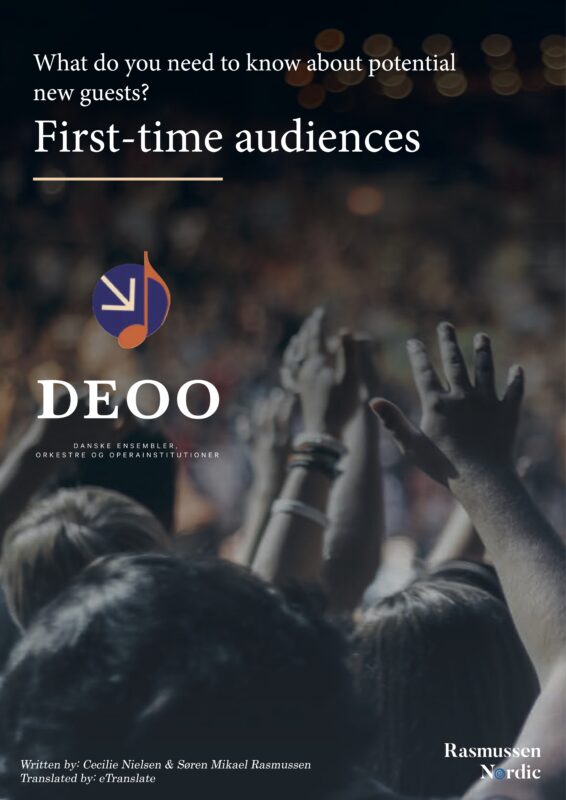
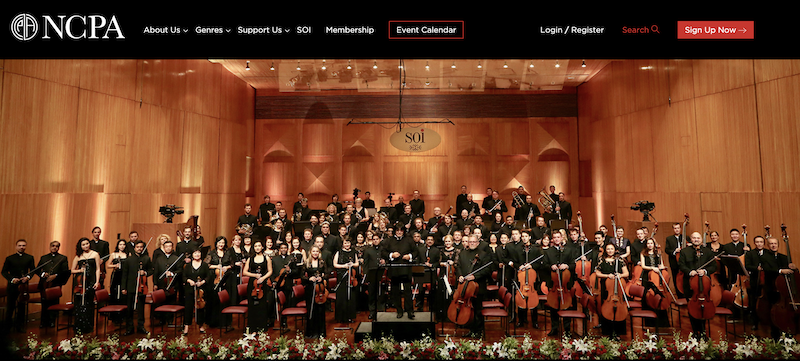
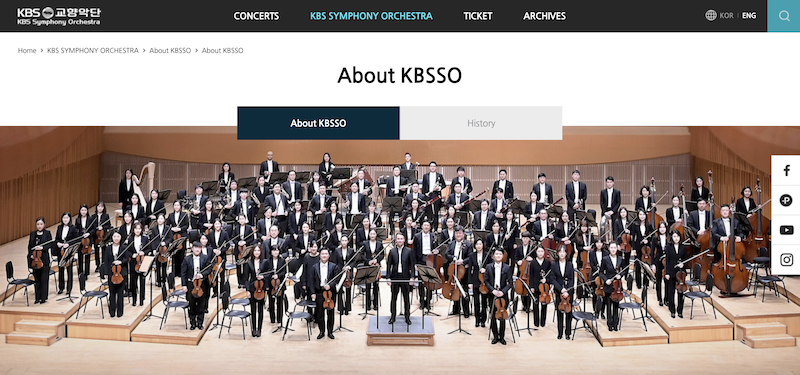
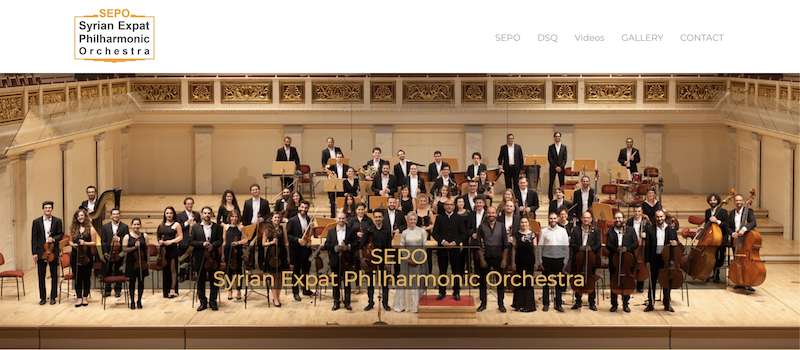
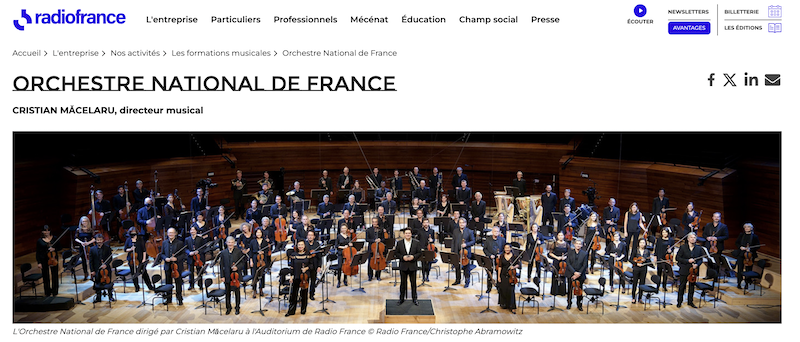
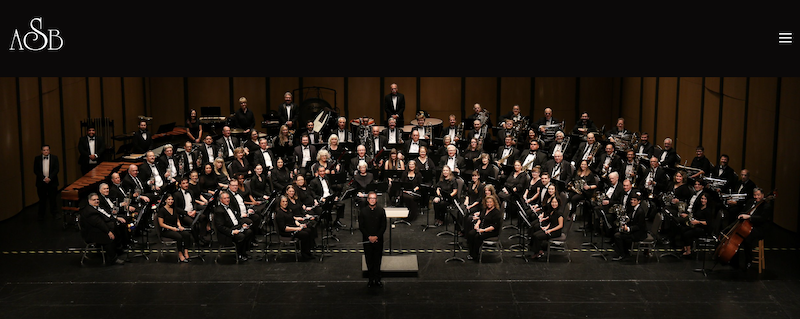
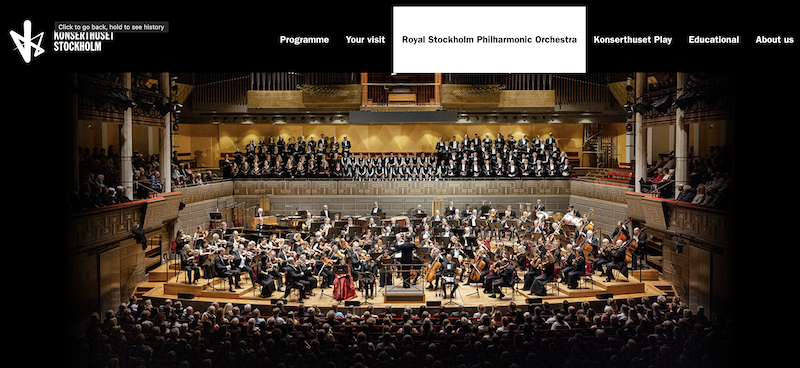
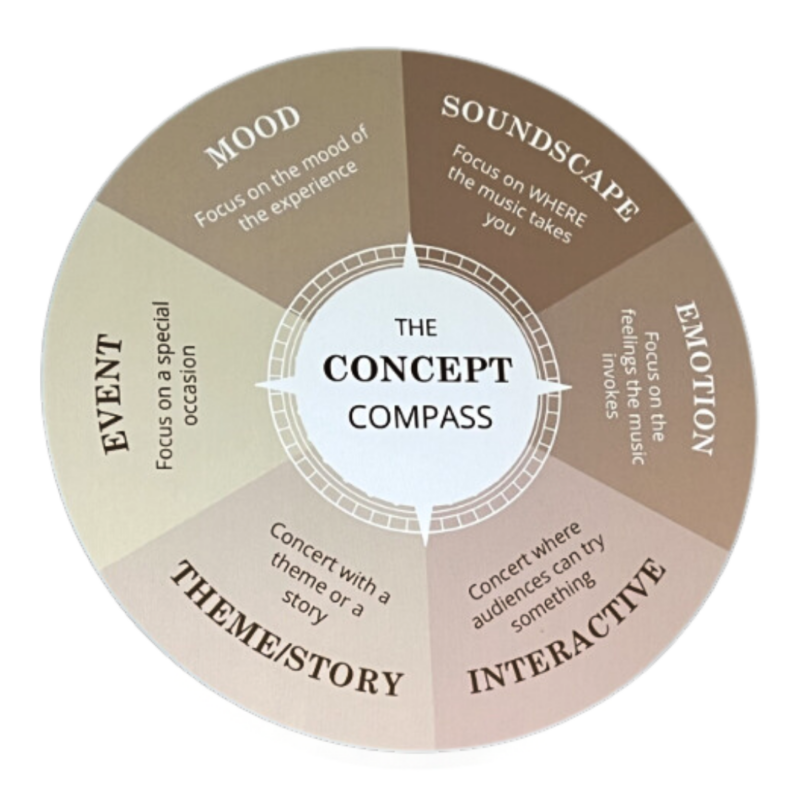


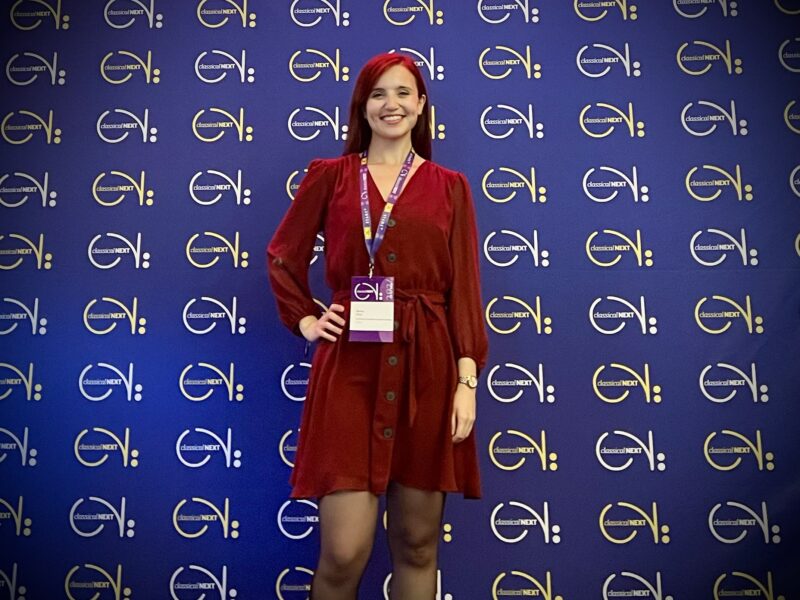


 The most important driver of emissions in the concert business is not the travel of the artists, but of the audience. However, not putting on concerts cannot be the solution!
The most important driver of emissions in the concert business is not the travel of the artists, but of the audience. However, not putting on concerts cannot be the solution! 





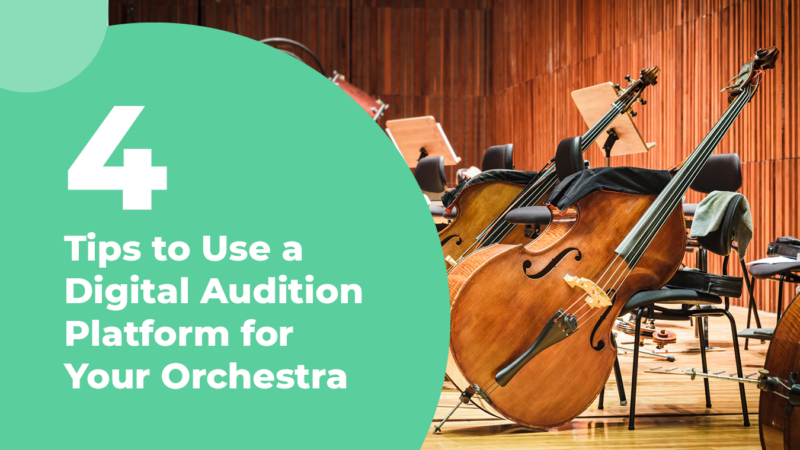
 *Jerry Tsai is the President of Acceptd, a Togetherwork company that is the premier recruitment, application, and audition platform for the arts. He is passionate about serving the arts community and loves that art is a way to wind down and enjoy all that life has to offer.
*Jerry Tsai is the President of Acceptd, a Togetherwork company that is the premier recruitment, application, and audition platform for the arts. He is passionate about serving the arts community and loves that art is a way to wind down and enjoy all that life has to offer.